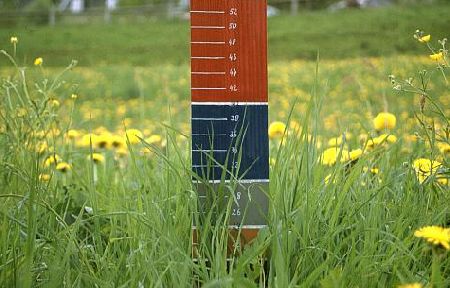Furthermore, the influence of the vegetation stage on rumen and blood parameters as well as milk quality is examined.
The vegetation stage is the decisive factor influencing the feed value of the meadow forage. It determines the proportion and composition of the scaffolding substances and also the type of cell contents. Young meadow forage is highly digestible and is quickly broken down in the rumen. In contrast, the lignification of the structural substances that occurs as plants age leads to a decline in digestibility and feed intake.
In addition to a certain decline in yield, the lack of structural effect and a high excess of nitrogen in the rumen with very young feed represent a physiological limit for using the meadow feed too early. In addition to the basic results on feed intake and digestibility (expansion of the database for the Gumpensteiner feed intake estimation formula), the aim is to: This research project primarily investigates the structural effects of meadow forage and thus the suitability of ruminants by determining rumination activity depending on the vegetation stage. Another important aspect is the measurement of the rumen physiological parameters (NH3, FFS) in order to be able to track the breakdown of the carbohydrate and protein fraction of the feed. The aim is to optimize the digestive processes in the rumen by choosing concentrated feed components that can ferment at different rates (grain, corn, by-products from grain and sugar beet processing, etc.). For this purpose, the kinetics of nutrient breakdown of the ration components in the rumen are monitored using the in sacco method. Since different nutrient availability is to be expected due to the very different composition of the meadow forage and the supplementation with different amounts and types of concentrated feed, its influence on milk quality is also examined.
Further information on project management can be found in the database for research and sustainable development (Dafne) -> Link







